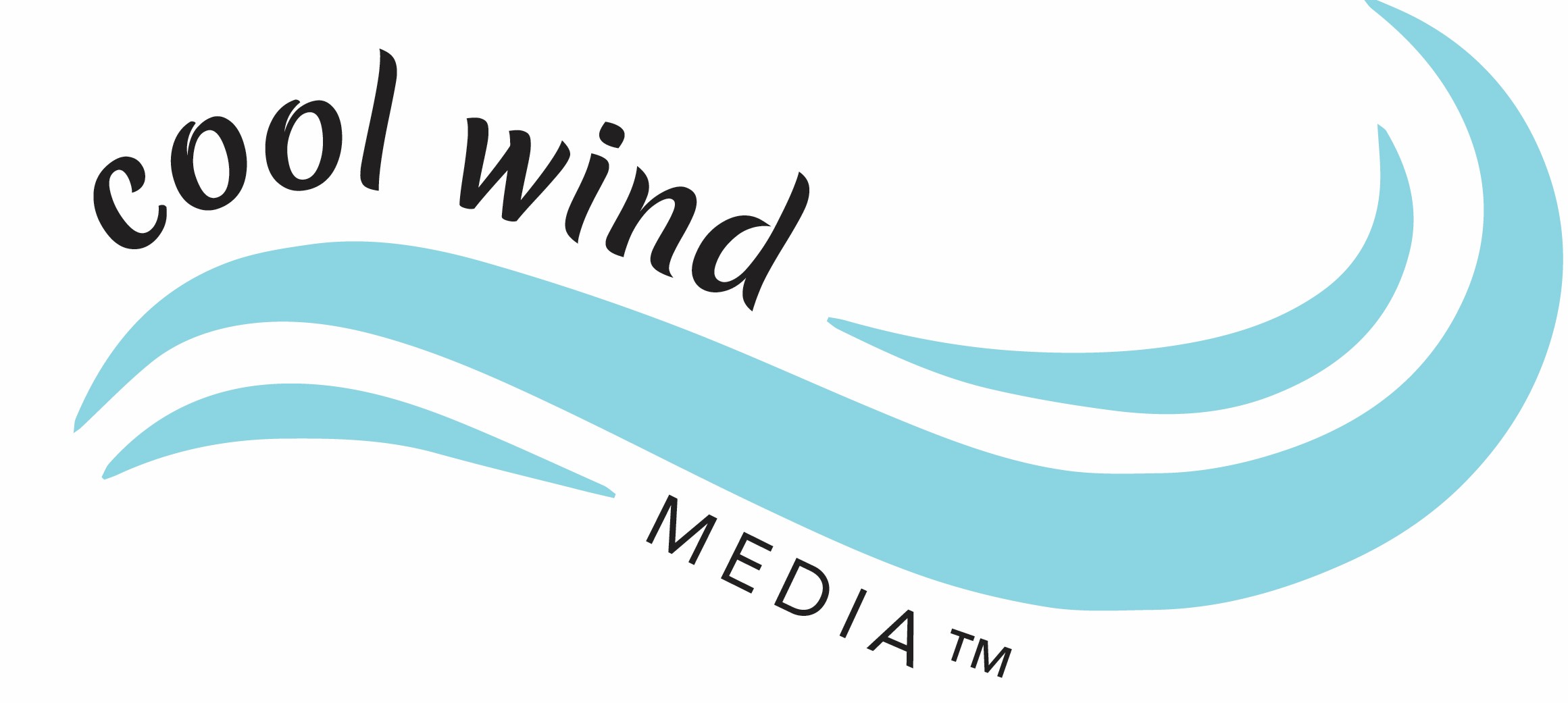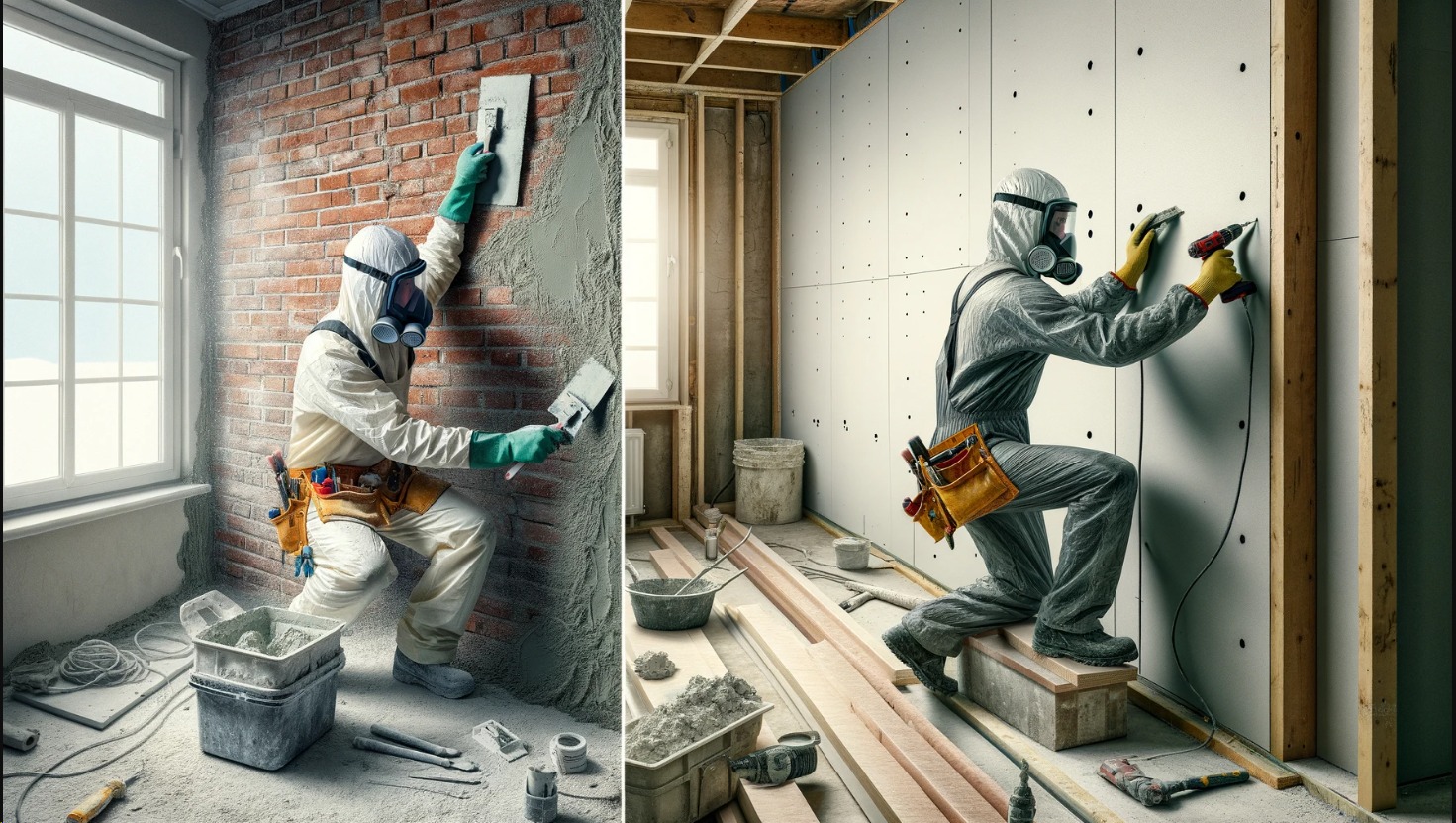When it comes to finishing the interior walls of a home or office, the debate between plastering and drywall is longstanding. Both materials have their advantages and disadvantages, making the choice between them significant for homeowners, builders, and renovators. This article provides a detailed comparison of plastering and drywall, highlighting seven key pros and cons of each to help you make an informed decision.
Plastering
Plastering involves applying several layers of plaster material over lath (a supportive framework) to form a solid, smooth surface. This method has been used for centuries and is known for its durability and high-quality finish.
Pros of Plastering
- Durability and Strength: Plaster is extremely durable and creates a very hard surface that is less likely to dent or get holes compared to drywall.
- Soundproofing: Due to its dense nature, plaster provides better soundproofing than drywall, making it ideal for buildings in noisy environments.
- Aesthetic Appeal: Plaster can be applied in a way that creates unique textures and designs, offering a high-end, classic look.
- Fire Resistance: Plaster is more fire-resistant than drywall, providing an extra layer of safety in case of a fire.
- Moisture Resistant: Properly applied plaster can resist moisture better than drywall, making it suitable for damp climates or rooms like bathrooms.
Cons of Plastering
- Cost: Plastering is generally more expensive than installing drywall due to the labor-intensive process and the skill required for application.
- Time-Consuming: The process of applying plaster is time-consuming as it requires multiple layers and drying time between each.
- Labor-Intensive: Plastering requires skilled tradespeople, making it harder to find qualified labor and potentially increasing the costs.
Drywall
Drywall, also known as gypsum board, is a panel made of gypsum plaster pressed between two thick sheets of paper. It is the modern standard for creating interior walls and ceilings due to its ease of installation and cost-effectiveness.
Pros of Drywall
- Cost-Effective: Drywall is less expensive both in terms of material and labor costs compared to plaster.
- Easy to Install: It is quicker and easier to install drywall, which can significantly reduce the time and labor required for a project.
- Repair and Maintenance: Repairing drywall is generally simpler and faster than fixing plaster, making it more convenient for homeowners.
- Versatility: Drywall can be cut to fit any space and is suitable for most interior walls and ceilings.
- Energy Efficiency: Modern drywall can include insulation properties, which enhance energy efficiency in homes.
Cons of Drywall
- Durability: Drywall is more susceptible to damage, such as dents and holes, compared to plaster.
- Sound Transmission: It does not offer the same level of soundproofing as plaster, which can be a disadvantage in noisy environments.
- Aesthetic Limitations: While drywall provides a smooth finish, it lacks the textural and design flexibility of plaster.
In conclusion, the choice between plastering and drywall depends on various factors including budget, aesthetic preferences, sound insulation needs, and the specific requirements of the building project. Plastering offers a more durable and high-end finish but comes with higher costs and longer installation time. Drywall, on the other hand, is cost-effective, easier to install, and offers practical advantages in terms of repair and maintenance. Ultimately, understanding the pros and cons of each material can guide homeowners and builders in making the best decision for their construction or renovation projects.




